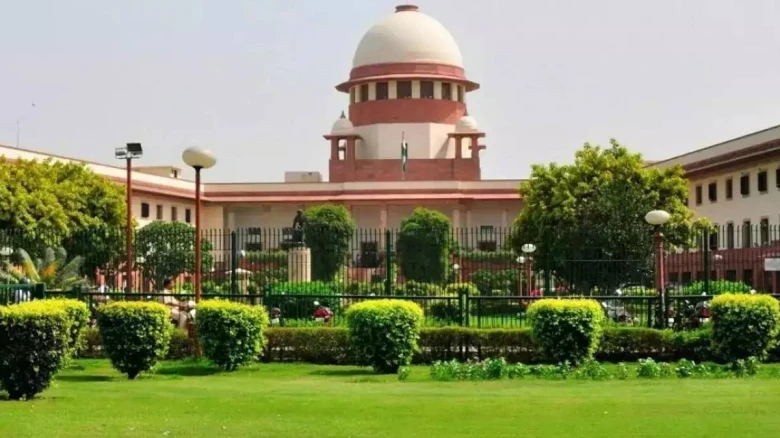High Court pendency has increased from 41 lakh cases in 2014 to 59 lakh this year...
Digital Desk: Despite a significant increase in the number of judges in the Supreme Court of India over the past decade, the pendency of cases has continued to rise, reaching an unprecedented high. This trend highlights the complexities of judicial backlog in India, where even administrative changes and technological interventions have been unable to curb the mounting number of unresolved cases.
In 2009, the sanctioned strength of Supreme Court judges was increased from 26 to 31. This decision was aimed at expediting the judicial process and reducing the backlog of cases. However, the data suggests that this measure has had minimal impact on case pendency. In 2009, the number of pending cases stood at around 50,000, but by 2013, this figure had risen to 66,000.
While there were brief periods of reduction, such as in 2014 when the pendency dropped to 63,000 cases under Chief Justices P Sathasivam and R M Lodha, and further decreased to 59,000 cases under CJI H L Dattu in 2015, these improvements were short-lived. By 2016, the number had once again climbed to 63,000 during the tenure of CJI T S Thakur.
Justice J S Khehar's tenure saw a notable decrease in pendency to 56,000 cases, thanks to his proposal for paperless courts and the introduction of information technology in case management systems. Yet, this progress was reversed in subsequent years, with the pendency increasing to 57,000 cases in 2018 under Justice Dipak Misra.
The most significant administrative change came in 2019 when CJI Ranjan Gogoi convinced the government to increase the sanctioned strength of judges from 31 to 34 through a Parliamentary enactment. Despite this increase, the pendency continued to rise, reaching 60,000 cases.
The Covid-19 pandemic further exacerbated the situation. During the tenure of CJI S A Bobde, the pendency shot up to 65,000 cases due to the paralysis of the justice delivery system. Even with the adaptation to virtual proceedings, the backlog continued to grow, reaching 70,000 cases in 2021 and further escalating to 79,000 by the end of 2022, despite the efforts of CJIs N V Ramana and U U Lalit.
Currently, under CJI D Y Chandrachud, the pendency is nearing 83,000 cases, the highest ever recorded. This is despite innovative technological interventions aimed at streamlining the categorization and bunching of pending cases.
The situation is similarly bleak in the High Courts and trial courts. High Court pendency has increased from 41 lakh cases in 2014 to 59 lakh this year, while trial courts have seen an alarming rise from 2.6 crore cases in 2014 to 4.5 crore cases today.
The persistent increase in pendency, despite efforts to expand judicial capacity and introduce technology, underscores the need for more comprehensive reforms in India’s judicial system to effectively manage and reduce the backlog of cases.








Leave A Comment